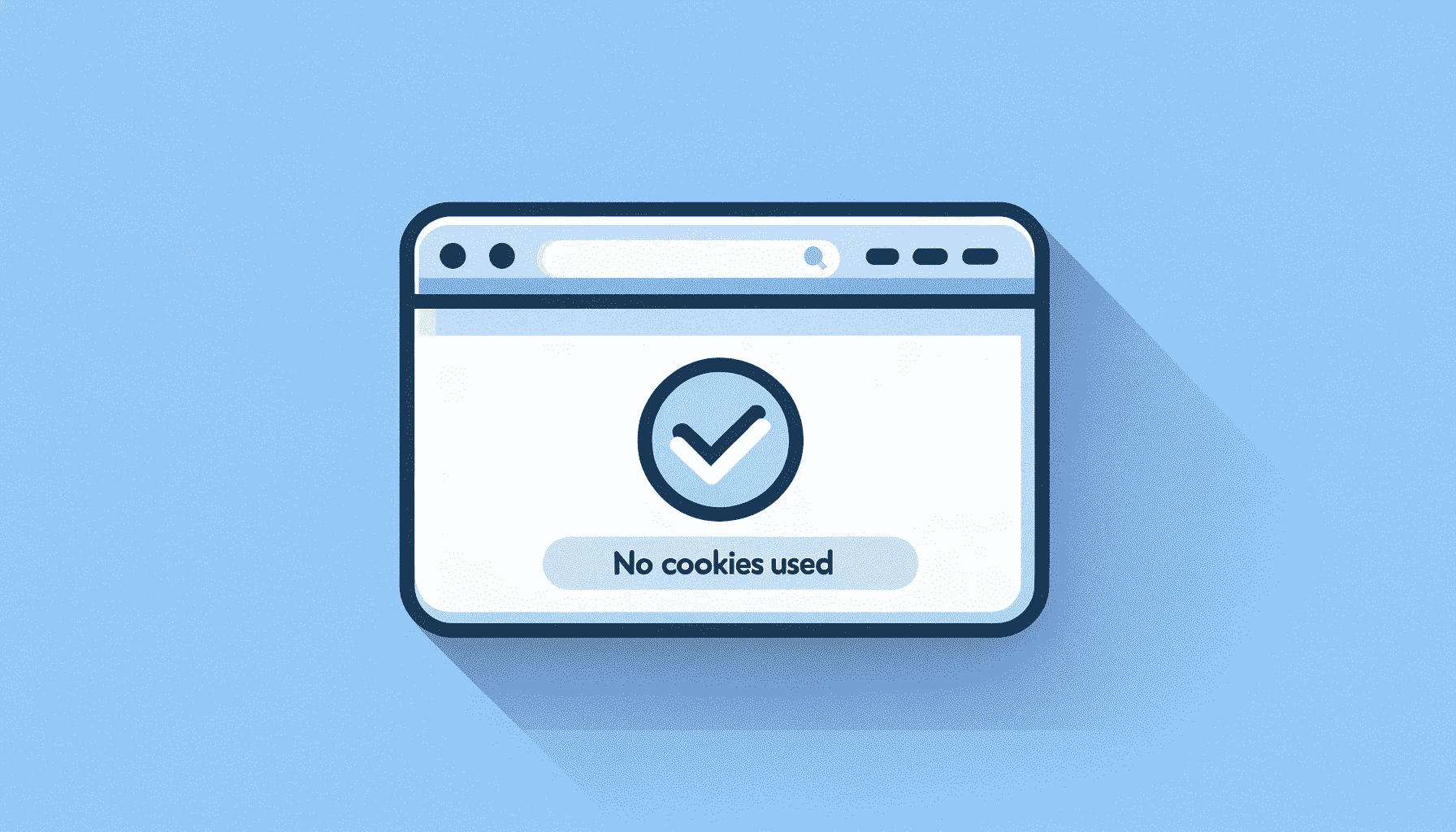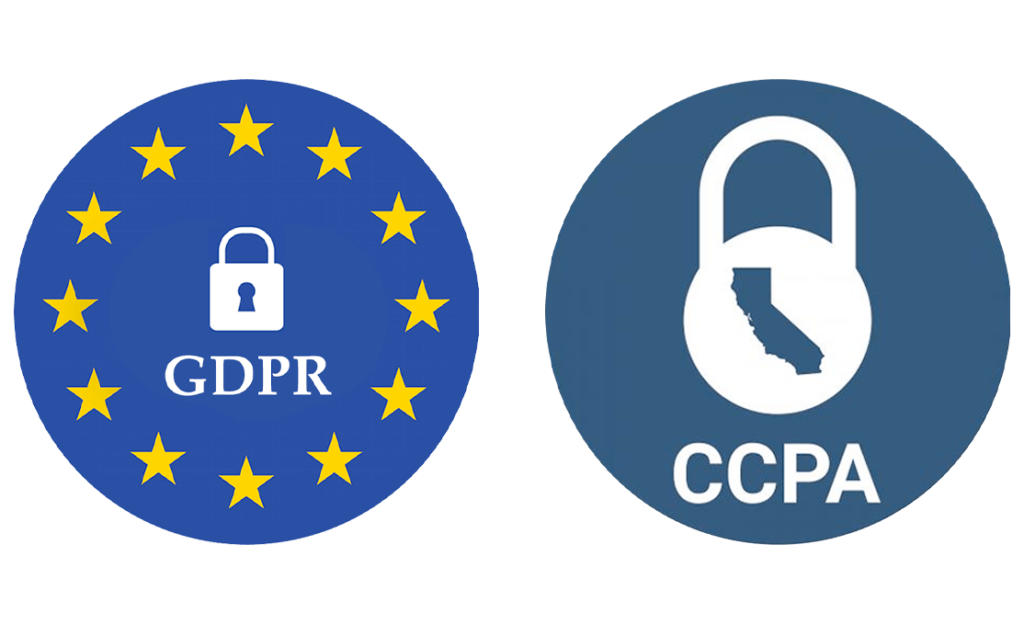Succeed in a Cookieless Future: Smart Moves for Digital Marketers

Table of Contents
ToggleA “Cookieless Future” represents an evolving digital era where the use of third-party tracking cookies is declining due to heightened privacy concerns and stricter data protection laws. This shift is prompting the development of alternative, privacy-focused tracking methods, such as first-party data collection and contextual advertising. As businesses and marketers adapt to these changes, they face challenges in data collection and analysis, while also exploring innovative strategies to maintain effective advertising and personalized user experiences. This transition marks a significant change in digital privacy and user data management.
Understanding Web Cookies
A web cookie, often simply called a cookie, is a small piece of data sent from a website and stored on a user’s computer by the user’s web browser while the user is browsing.
Cookies were designed to be a reliable mechanism for websites to remember stateful information (such as items added to the shopping cart in an online store) or to record the user’s browsing activity (including clicking particular buttons, logging in, or recording which pages were visited in the past).
They can also be used to remember information that the user previously entered into form fields, such as names, addresses, passwords, and credit card numbers. While cookies serve essential functions in making web navigation efficient, they have also raised concerns, especially regarding privacy and tracking.
There are different types of cookies, with the most commonly discussed being first-party cookies, set and used by the website you are directly visiting, and third-party cookies, set by a domain other than the one you are currently visiting, often used for advertising and tracking purposes.
In a cookieless future, the focus shifts towards first-party cookies, set and used by the website directly visited by the user, emphasizing a more privacy-conscious approach to data collection
The Role of Third-Party Cookies in Digital Tracking
Third-party cookies are tracking tools set by a domain other than the one a user is visiting. They are mainly used in advertising and analytics. When you visit a website, it may allow other domains (third-party) to store these cookies on your browser.
These cookies track your online activities across various websites, enabling advertisers to create personalized user profiles for targeted advertising. They are also used for website analytics, helping businesses understand user behavior across multiple sites.
However, in a cookieless future, third-party cookies have raised privacy concerns, as they often collect extensive data on users’ browsing habits without explicit consent. This has led to stricter privacy regulations and a shift towards more privacy-centric online practices, reducing the reliance on third-party cookies in the digital world.
The Drive Toward a Cookie-less Web
The movement towards a cookie-less web is driven by a combination of regulatory actions and consumer pressure, as well as technological advances that support enhanced privacy.
Regulatory and Consumer Pressure
The push for a cookie-less web is significantly influenced by tightening privacy regulations across the globe, such as the European Union’s General Data Protection Regulation (GDPR) and the California Consumer Privacy Act (CCPA) in the United States.
These laws mandate stricter handling of personal data and offer users more control over their information, directly impacting the use of cookies for tracking and personalization. Alongside regulatory changes, there’s a growing wave of consumer awareness and concern about privacy.
Users are increasingly skeptical about data collection practices and are demanding more transparency and control. This shift in consumer attitude is forcing companies to rethink their data strategies and move away from reliance on cookies for tracking user behavior.

Technological Advances Supporting Privacy
In response to both regulatory and consumer pressures, technology is evolving to support more privacy-centric web experiences.
Major web browsers like Google Chrome, Mozilla Firefox, and Apple’s Safari have already begun phasing out support for third-party cookies or announced plans to do so. The development of new technologies and standards, such as the Privacy Sandbox by Google, aims to create a balance between user privacy and targeted advertising.
These technological advancements are not just about eliminating cookies but are part of a broader shift towards building a more secure and private internet, where user data is protected and handled responsibly.
| Third-Party Cookie Depreciation | Plans to phase out third-party cookies by 2023 as part of the Privacy Sandbox initiative. Starting January 4th, 2024, they will disable third-party cookies for 1% of users, ramping up to 100% by Q3 2024, subject to the UK’s CMA concerns. | Has already implemented Intelligent Tracking Prevention (ITP), which blocks third-party cookies by default. | Enhanced Tracking Protection (ETP) automatically blocks many third-party cookies, with ongoing updates to improve this feature. |
| Privacy Protection Strategies | Developing alternatives like Federated Learning of Cohorts (FLoC) to group users for advertising while maintaining individual privacy. | Features include hiding IP addresses from trackers, preventing fingerprinting, and requiring user permission for cookie access. | Focuses on anti-tracking features, such as blocking finger printers and crypto miners, and offers a privacy report to users. |
Comparison of browsers in terms of third-party cookie deprecation
Impact on Businesses and Advertisers
Challenges for Digital Marketing
The phasing out of third-party cookies presents significant challenges for businesses and advertisers, particularly in digital marketing. This change disrupts traditional methods of tracking user behavior, personalizing ads, and measuring the effectiveness of online campaigns.
Businesses now face the task of finding new ways to gather and utilize consumer data without infringing on privacy. Additionally, adapting to these changes often requires rethinking marketing strategies and possibly investing in new technologies or skills, which can be resource-intensive.
New Strategies for Ad Targeting and Analytics
In response to these challenges, businesses and advertisers are exploring and adopting new strategies for ad targeting and analytics. These include:
-
- Increased Reliance on First-Party Data: Gathering data directly from customer interactions on owned channels, such as websites or apps, to personalize user experiences and tailor marketing efforts.
-
- Contextual Advertising: Placing ads based on the content of the website or the context of the user’s current activity, rather than their past browsing behavior.
-
- Privacy-Focused Tracking Technologies: Implementing new technologies like Unified ID solutions or leveraging AI and machine learning for predictive analytics that respects user privacy.
-
- Enhanced Customer Relationship Management (CRM): Using CRM tools to better understand and engage with customers based on the data they consent to provide.
-
- Consent-Based Marketing: Focusing on building trust and transparency with users, ensuring that data collection and usage are compliant with privacy regulations and user preferences.
Preparing for the Transition to a Cookieless Future
Guidelines for Businesses
As the digital ecosystem transitions away from third-party cookies, businesses must adapt to ensure compliance and maintain effectiveness. Key guidelines include:
-
- Assess Current Dependency: Audit current marketing and analytics practices to understand the reliance on third-party cookies.
-
- Embrace First-Party Data: Focus on collecting and utilizing first-party data through direct interactions with customers.
-
- Ensure Privacy Compliance: Stay informed about privacy regulations like GDPR and CCPA, and update privacy policies and practices accordingly.
-
- Engage with Customers Transparently: Build trust with transparent communication about data usage and privacy practices.
Future-Proofing Digital Strategies
To remain competitive and effective in a changing digital landscape, businesses should future-proof their digital strategies in a cookieless future involves:
-
- Invest in Technology and Skills: Adopt new technologies for data collection and analysis, and invest in skills training.
-
- Explore Alternative Advertising Models: Experiment with contextual advertising, influencer marketing, and other cookie-less advertising strategies.
-
- Leverage AI and Machine Learning: Utilize AI for predictive analytics and to gain insights from large datasets without relying on individual user tracking.
-
- Monitor Industry Trends and Innovations: Stay agile and adaptable by keeping an eye on emerging trends and technological advancements in digital marketing and privacy.
Predictions and Trends for a Cookieless Future
As we navigate through the shifting landscape of digital advertising and tracking, several key trends and predictions are emerging:
-
- Increased Emphasis on Privacy: Privacy will continue to be a central theme, driving changes in how data is collected and used. Regulations like GDPR and CCPA are just the beginning of a more comprehensive global shift towards data privacy.
-
- Rise of First-Party Data: With the depreciation of third-party cookies, first-party data collected directly from customers will become invaluable for businesses, leading to more authentic and direct customer relationships.
-
- Advancements in AI and Machine Learning: These technologies will play a crucial role in analyzing large datasets, and providing insights without compromising individual privacy.
-
- Growth of Contextual Advertising: As a privacy-friendly alternative, contextual advertising is expected to see significant growth, focusing on the relevance of ad placement rather than user tracking.
-
- New Tracking Technologies: Innovations such as fingerprinting, Unified ID solutions, and blockchain-based methods may gain traction, although they will also face scrutiny regarding privacy compliance.
-
- Cross-Device and Omnichannel Strategies: Marketers will focus more on unified cross-device and omnichannel approaches to provide seamless customer experiences.
-
- Interactive and Immersive Ad Formats: The use of augmented reality (AR) and virtual reality (VR) in advertising is likely to increase, offering new ways for brand engagement.
Conclusion
The transition towards a cookieless future is reshaping the digital landscape significantly. This shift, driven by stricter privacy laws and greater emphasis on data protection, is clearly evident in the steps taken by major web browsers to phase out third-party cookies.
For businesses and advertisers, this new era brings both challenges to overcome and opportunities to seize. The rise of AI and machine learning, along with novel tracking solutions creatively adapting to these privacy-centric changes.
In essence, this cookieless future is a transformative journey towards more ethical, transparent, and user-centric practices in digital marketing and data management, presenting a fertile ground for businesses that effectively navigate this new terrain.